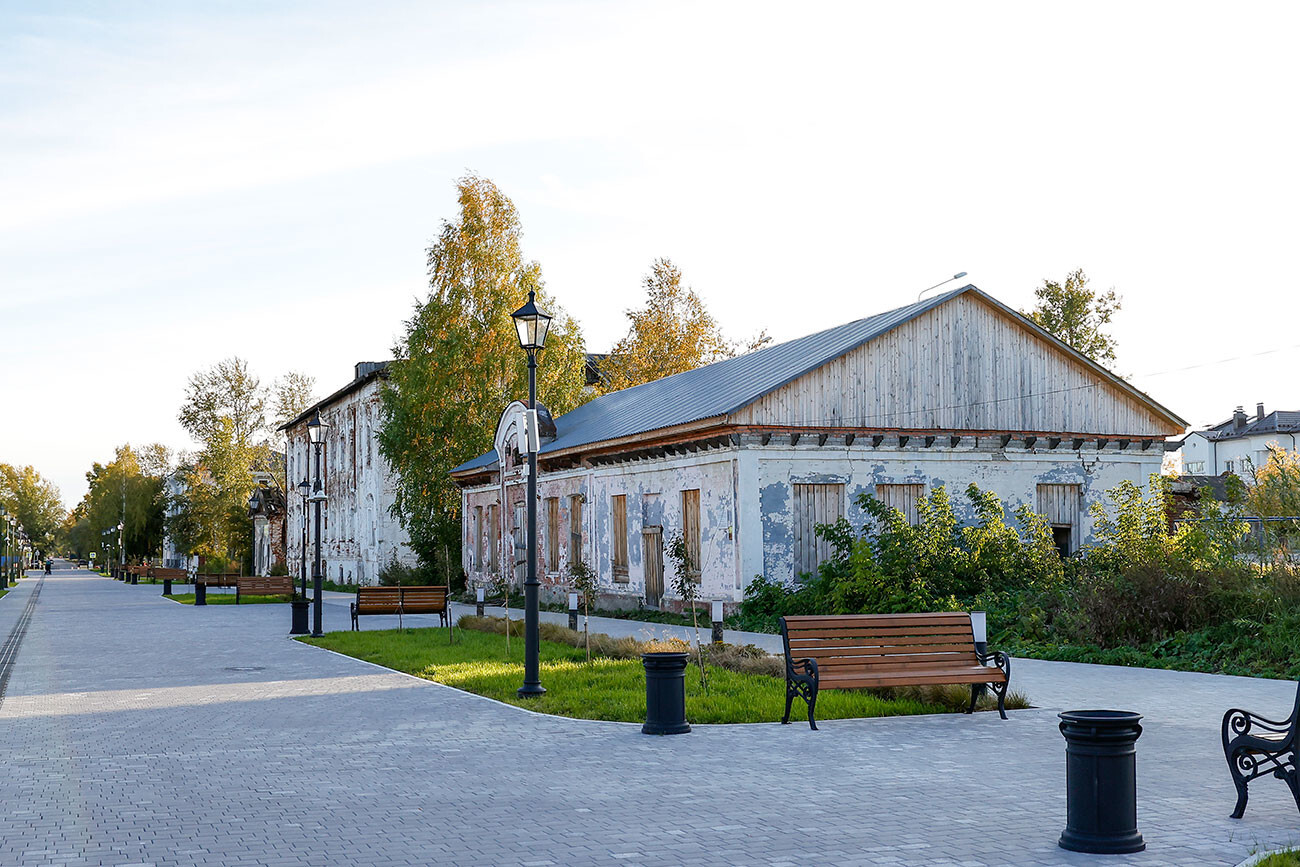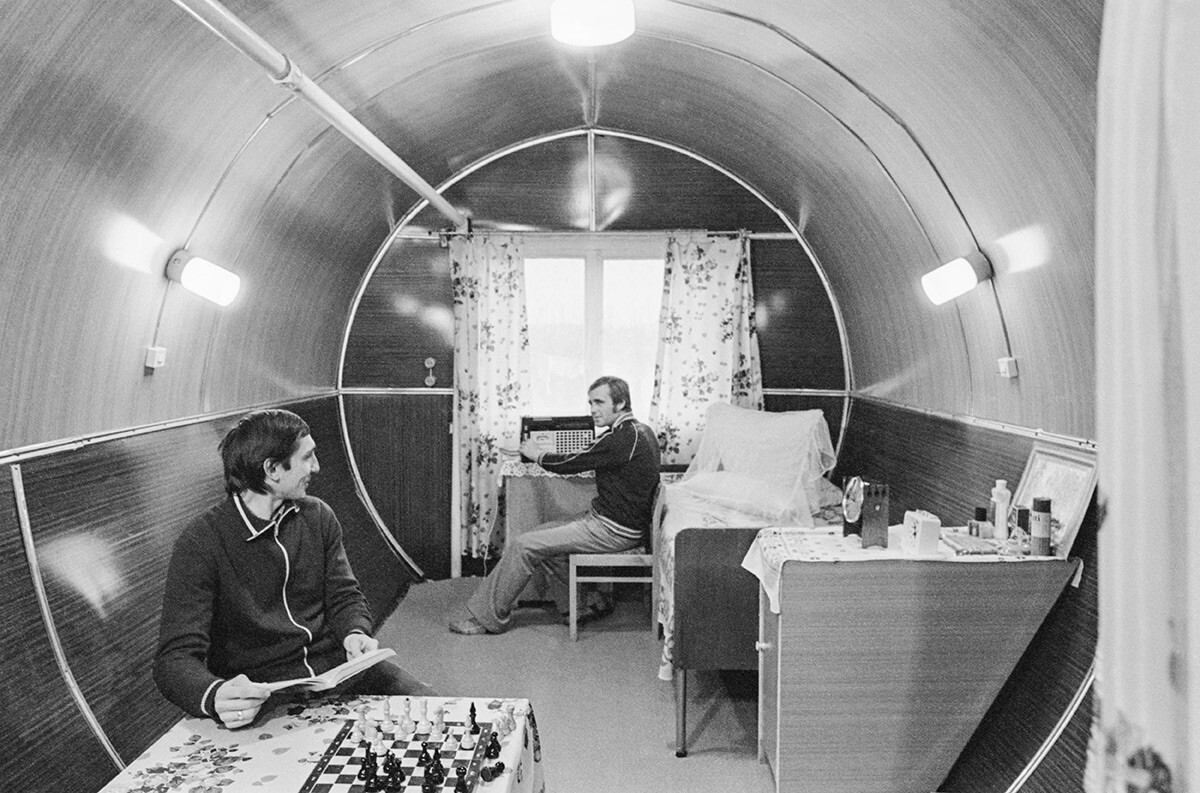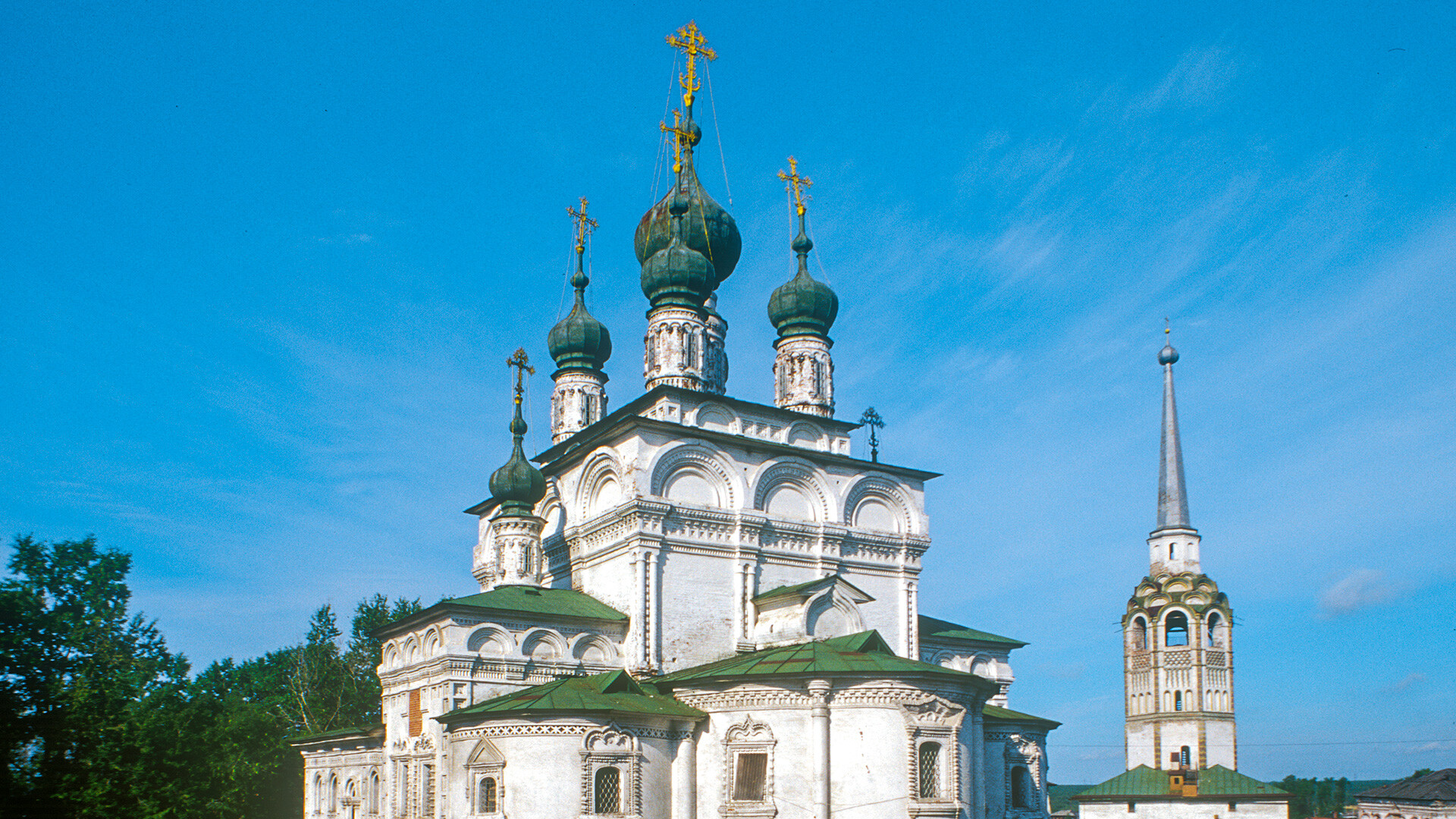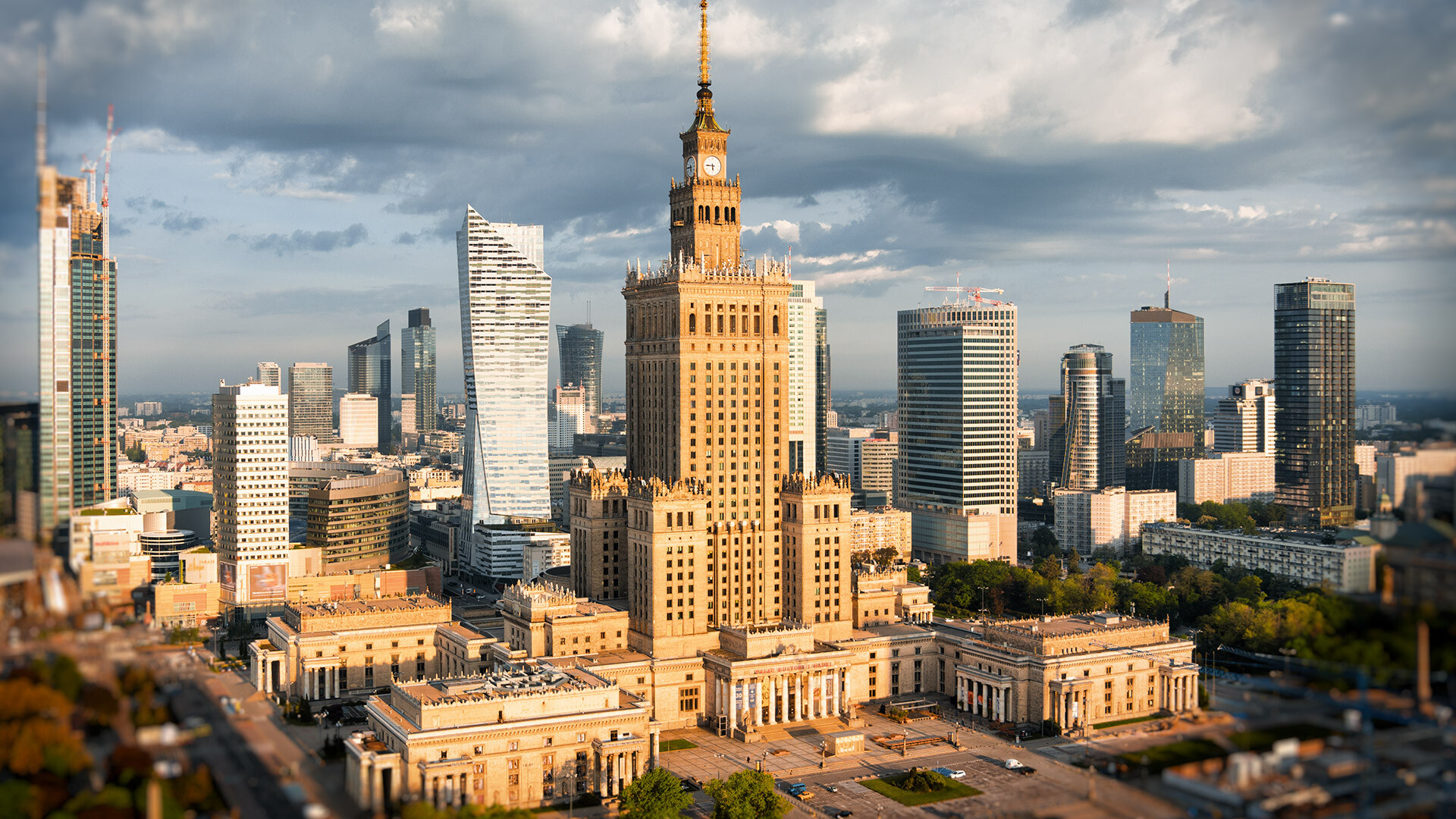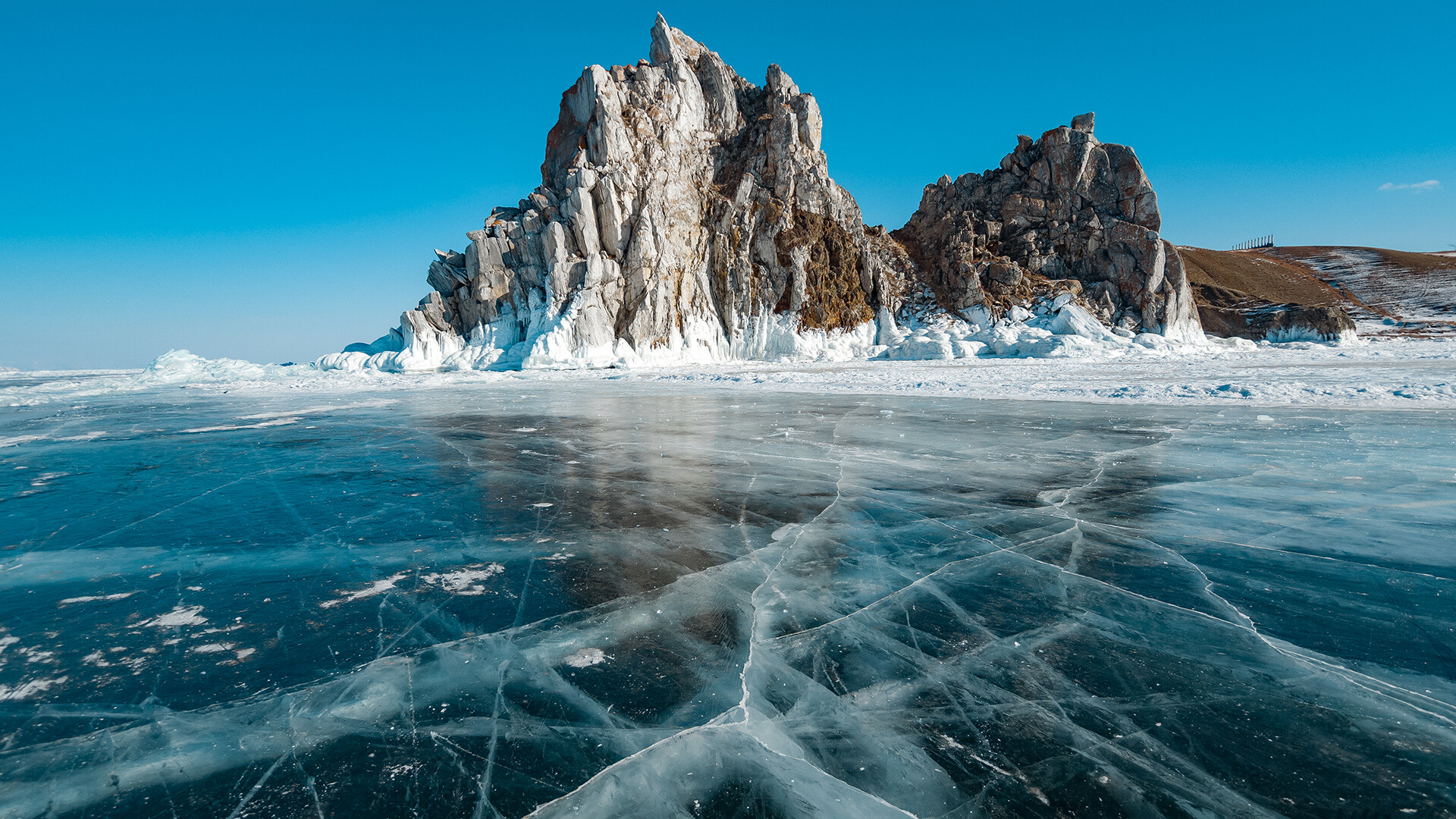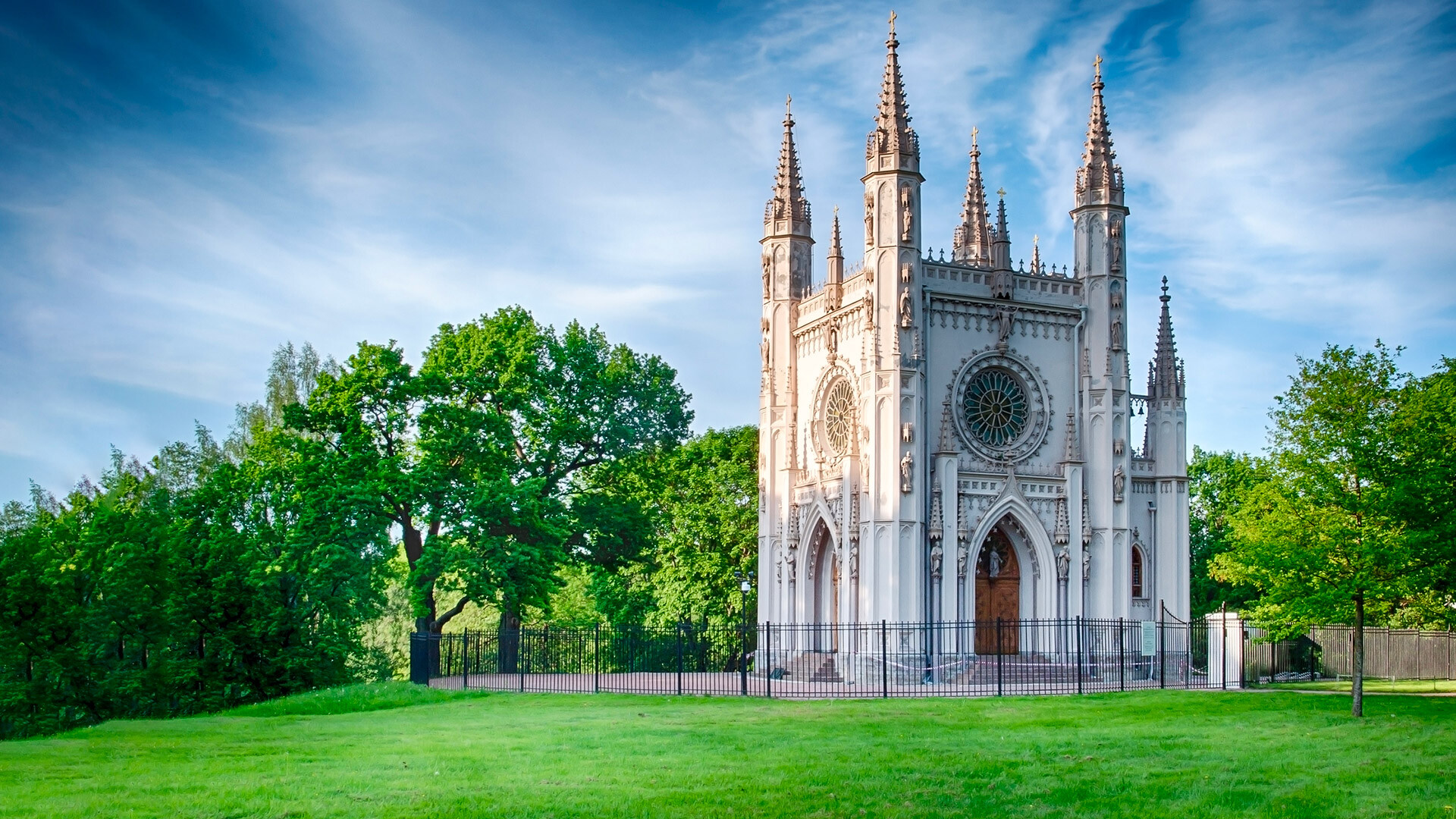
Siberia’s only stone kremlin remains preserved in Tobolsk
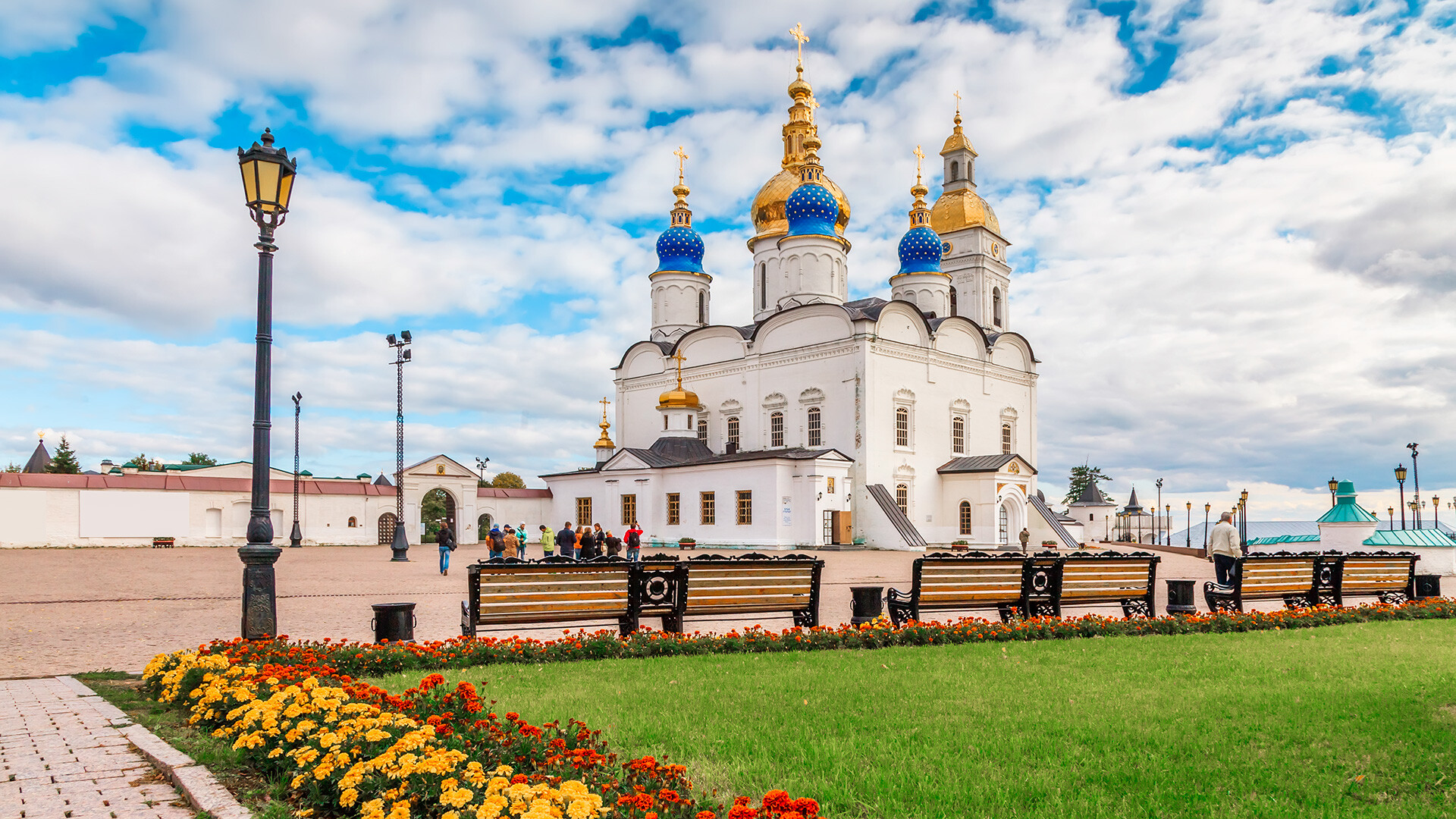
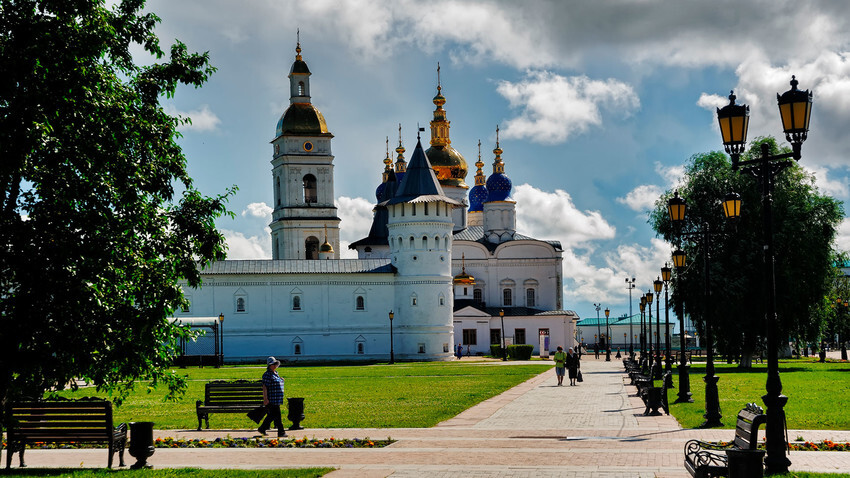
The town appeared on the map of Russia during the exploration of Siberia and was the capital of the Siberian Governorate until the end of the 19th century. It is located at the confluence of the Tobolka and Irtysh rivers, the largest transportation artery of that time. Which meant, no money was spared in the town's development.

The white-stone kremlin was founded as a Siberian outpost in the 17th century, however, its main part was built later according to the project of Semyon Remezov, the ‘Siberian Da Vinci’, cartographer, architect and writer. The total length of the walls is 620 meters, while the height of each of the seven towers reaches up to 17 meters.

From the lower part of the historical center, the kremlin can be reached by the Sofia Stairway, a wooden staircase with 198 steps. It leads to a steep street paved with cobblestones.
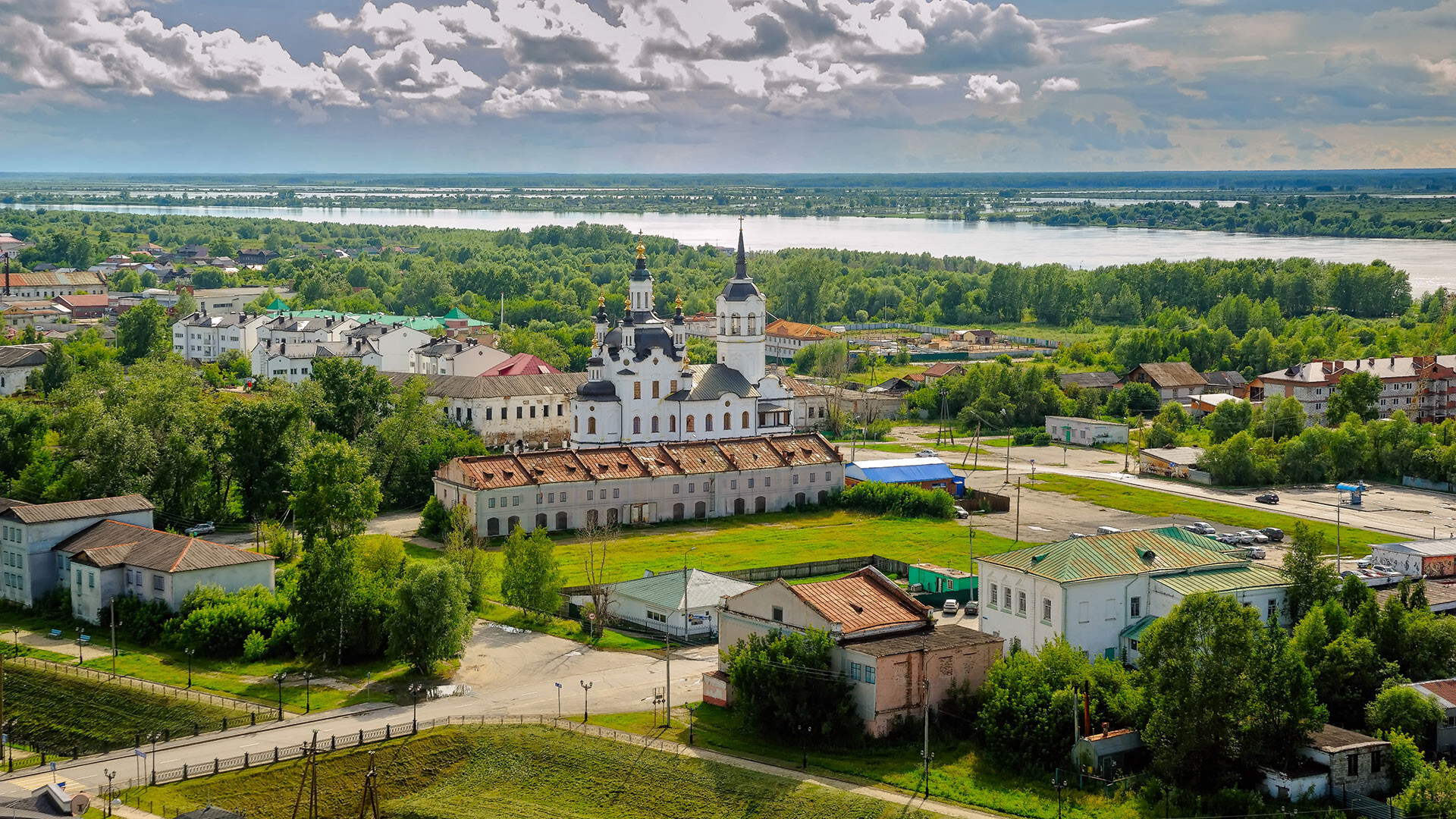
The kremlin preserves within its walls the Cathedral of St. Sophia and Assumption, the oldest stone church in Siberia dating back to 1686, the Order Chamber, which used to serve as the main entrance to the kremlin, the ‘Gostiny Dvor’ and the bell tower, where the bell from Uglich "served exile". In 1591, it was the bell that announced the death of Tsarevich Dmitry and, as a punishment, it was “exiled” to Siberia for 300 years.
